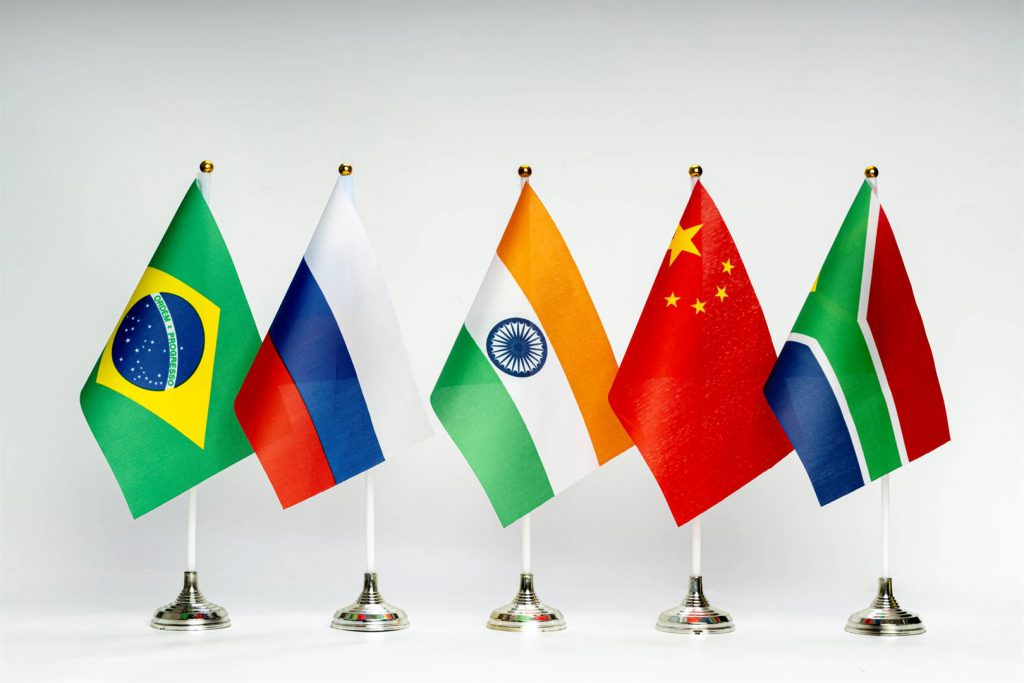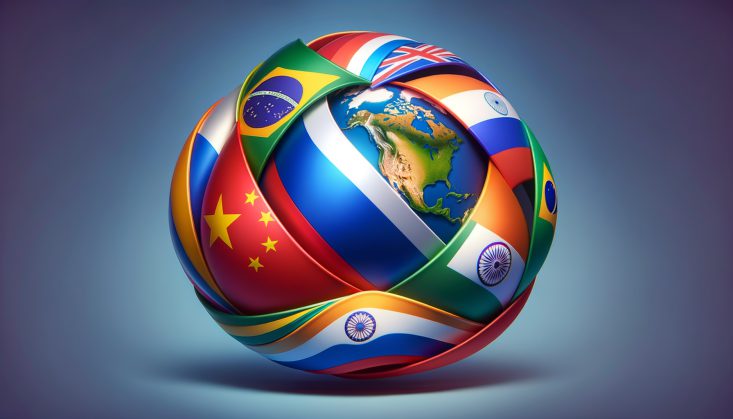Amid the growing size and prominence of the economic alliance, the BRICS gross domestic product (GDP) is currently on track to reach a world-leading 45%. Indeed, the collective is seemingly caught in a reversing trend with the G7 collection of countries. Moreover, that trend is set to produce a rapidly different global power balance by 2040.
The economic alliance made waves when it announced a six-nation expansion effort at its 2023 annual summit. Subsequently, that expansion is poised to have immense economic ramifications. At the start of next year, nations like Saudi Arabia, the United Arab Emirates (UAE), Iran, Egypt, and Ethiopia are poised to officially join the BRICS+ collective.


Also Read: Pakistan Applies to Join BRICS Alliance
BRICS Project to Lead Globe in GDP by 2040
Throughout this year, BRICS has seemingly changed the narrative on the global power balance. Indeed, it has loudly embraced its de-dollarization efforts. Subsequently, it has threatened global reliance on the greenback and the position of the West amid international economic vitality.
Now, experts have predicted that the GDP share of the BRICS nations is expected to reach a world-leading 45%. Specifically, recent reports have noted a changing trend in the GDP trajectory. Ultimately leading to a much different world being established by the year 2040.


Also Read: BRICS Digital Currency to Take Step Forward in 2024
“Our forecasts suggest an expanding workforce and ample room for technological catch-up will boost the BRICS+ share to 45% by 2040,” the report stated. “Compared to the 21% for G7 economies, in effect, BRICS+ and the G7 will have swapped laces in relative size between 2001 and 2040.”
The development has shown a rapidly shifting outlook for global economics. Specifically, this change is due to the growing focus and relevance of the BRICS economic alliance. As it continues its growth, the global power balance should shift away from Western dominance, magnified by the potential arrival of a BRICS currency.





